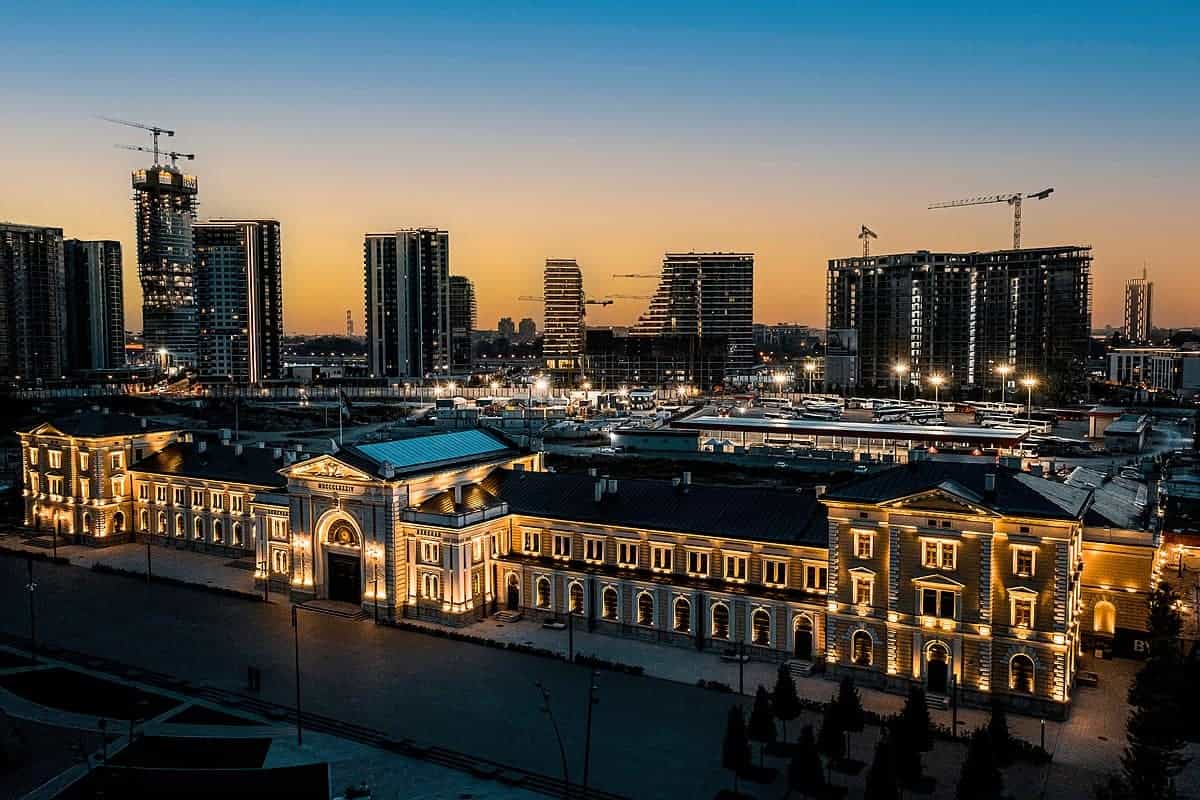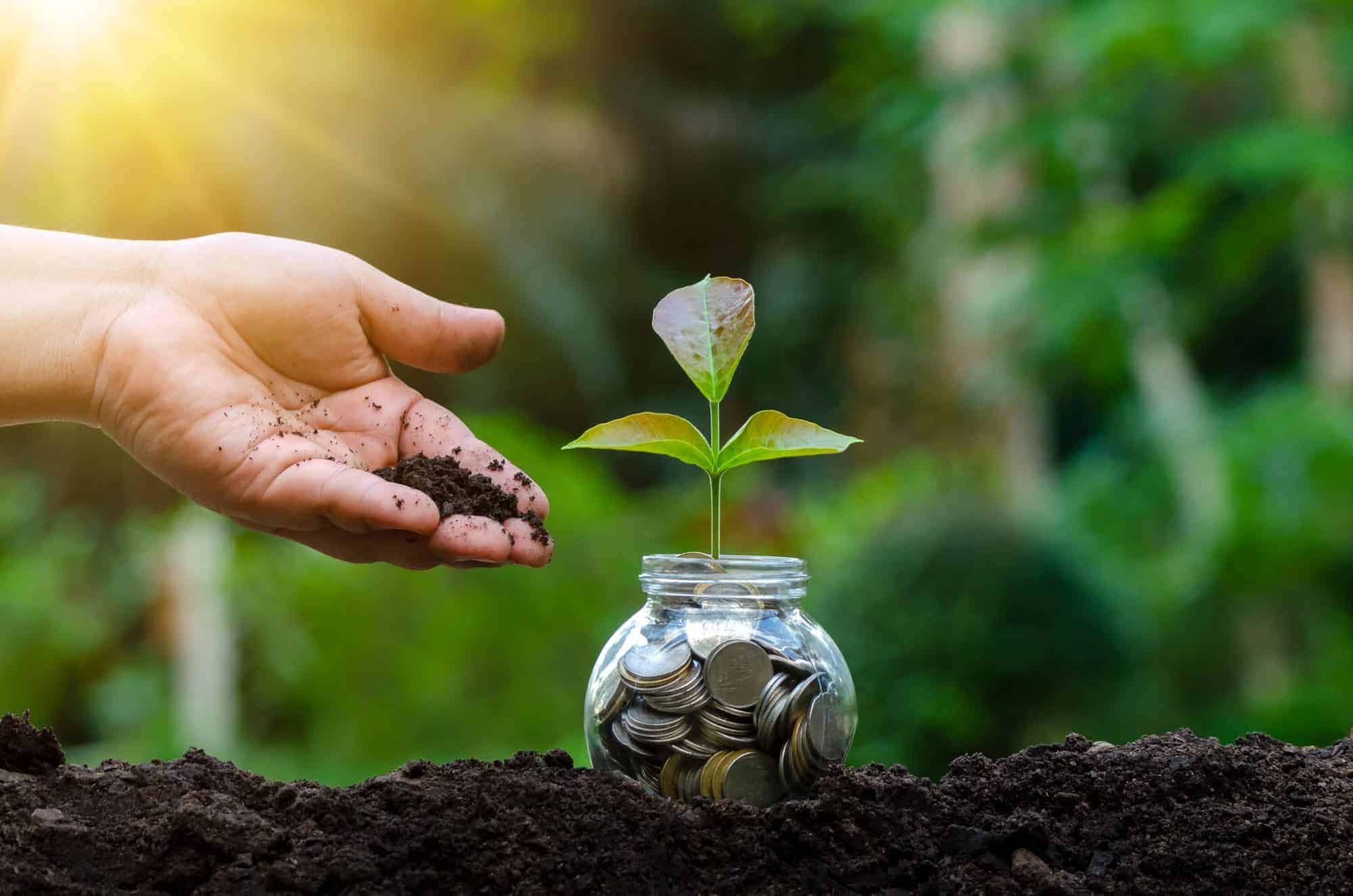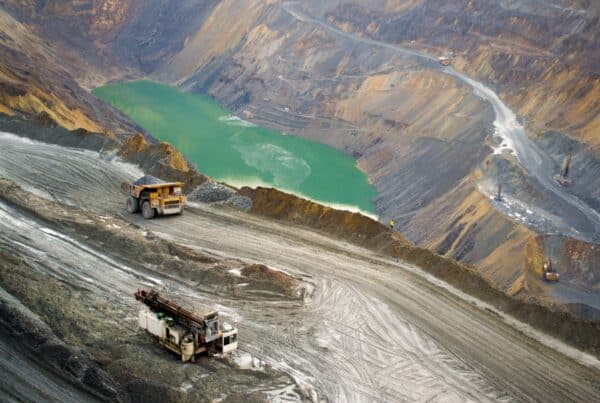Article by Traian Baiescu, for Blue Europe 2021 contest. Reception and proofreading, Léo Portal.
Belgrade has been declared the city with the greatest economic potential in the competition of the 100 largest cities in the so-called region of Emerging Europe, and the capital of Serbia received this recognition for the second year in a row.
The region Emerging Europe includes 23 economies of Central, Eastern, Southeast Europe and the South Caucasus, of which 11 are members of the European Union (Estonia, Latvia, Lithuania, Bulgaria, Croatia, Czech Republic, Hungary, Poland, Romania, Slovakia, Slovenia).
Emerging Europe is a London-based organization that aims to promote the potential of emerging countries.
The organization is run by prominent European figures, both political and economic – former European Commissioner for Enlargement, Vice President of the European Commission and Commissioner for Enterprise and Industry Gunter Verheugen, former Prime Minister and Minister of Economy of Moldova Ion Sturza, former Bulgarian President Rosen Plevneliev, former Deputy Prime Minister and Minister of Finance, Deputy Prime Minister for Economy and Minister of Privatisation of Slovakia Ivan Miklos, NATO Deputy Secretary-General Mircea Geoană and others.
This year, Belgrade also ranked third in the Pool of Talent category, while in 2021 it was in fifth place.
The jury, which decided on the ranking of cities, consists of more than 100 global foreign direct investment (FDI) experts, site selection advisers and location analysts.
In 2021, they analysed 100 cities in Europe with a population of over 200,000, as well as two capitals in the region, where the population is below 200,000.
The major of Belgrade, Zoran Radojičić, says for Emerging Europe that the city’s success can be put down to financial stability – both of Belgrade and Serbia.
“Financial stability is a sound foundation for major investments in infrastructure, both roads, and railways,” he says.
“What I specifically have in mind here is the construction of the Belgrade bypass, the Belgrade to Novi Sad high-speed railway, and last but certainly not least, the imminent commencement of construction work on the first Belgrade metro line. All these projects will give us faster and more efficient mobility both locally in Belgrade, but also to Europe and other parts of the world.”
In general, on this year’s Business-Friendly Cities Perception Index Belgrade is ranked 9th, which is impressive progress on the ranking board compared to 2020 when the Serbian capital held 24th position.
Besides that, Belgrade is recognized also as a city with good quality of life since it is ranked 4th within the category Quality of life, following the cities such as Budapest, Ljubljana, and Prague which is holding first place.
This result is just another confirmation of how much Serbia has improved its business climate and how much all the reforms that the government of the Republic of Serbia is implementing are not going unnoticed in the world.
It is expected that such recognitions will greatly contribute to the additional attraction of foreign investors, given that such references are an important factor in their decision on potential investments.
Serbia’s economic recovery is gaining pace, with a rebound in private consumption and an increase in total investments, says the latest Western Balkans Regular Economic Report. The growth rate is expected to reach 6 percent in 2021 and then return to about 4 percent over the medium term.
This year’s growth has been supported by the new fiscal stimulus package. However, the fiscal deficit is gradually decreasing in 2021, while a strong export performance has kept the current account deficit below projections. Going forward, consumption will remain the main driver of GDP growth over the medium term, while net exports will continue to make a negative contribution to growth.
“To unleash its growth potential and create new, high-quality jobs, Serbia needs to remove structural bottlenecks related to governance, the labor market, infrastructure, and the tax system,” said Nicola Pontara, World Bank Country Manager for Serbia.
In the medium term, macroeconomic stability will be maintained, and inflation, which has accelerated in recent months, is likely to return to the goal range set by the National Bank of Serbia. However, dangers associated with recovery in Europe and around the world, as well as an increase of COVID-19 cases, could stifle this optimistic view.
Job creation and environmental transformation are similar goals for all Western Balkans countries, which are beginning economic recovery following a COVID-19-induced slump in 2020. After a 3.1 percent decline in 2020, the region’s outlook has improved dramatically, with GDP growth now expected to reach 5.9 percent in 2021. The region is expected to grow at a rate of 4.1 percent in 2022 and 3.8 percent in 2023.
The region’s poverty rate is expected to resume its pre-pandemic downward trend, falling by roughly 1% to 20.3 percent, close to its 2019 level.

Serbia’s green transition, a major challenge
“Green transition, enabled through a more efficient use of raw materials and energy, expansion of green industries and technologies, as well as an emphasis on less polluting and more energy-efficient industries, can help Serbia build a clean and resilient economy.” Climate activity on a global scale is producing profound societal shifts. Green technologies and new business models are disrupting more markets, and green policies are redefining economic landscapes. Consumer and investor attitudes are moving, green technologies and new business models are disrupting more markets, and green policies are reshaping economic landscapes. As a result, a country’s capacity to attract international funding and investments is becoming increasingly dependent on its ability to green its economy.
The Western Balkans are currently at a critical crossroads in terms of the impending green shift. In the years ahead, effectively managing this change, including the numerous policy tradeoffs, will be a top priority for the region’s policymakers.
The Green Economy Congress, now in its second year, is a series of interactive, multidimensional activities aimed at establishing and furthering the notion of the need for a transition to a sustainable and equitable economy. Green economy is one of the most fascinating concepts because it generates development while respecting the regional and global ecosystem, improves human well-being and social fairness, and reduces environmental dangers and ecological scarcities.
For three days, all attendees will have the opportunity to hear from some of the world’s most inspiring economists, inventors, entrepreneurs, and decision-makers, share their stories, and learn how to advocate an alternative vision for global growth and development.
The Congress’s long-term goal is to not only raise awareness about environmental issues, but also to establish a sustainable networking platform that will enable green activities across Europe.
Greater and more efficient financial support to the private sector is required for Serbia to recover economically from the effects of the COVID-19 pandemic and successfully adapt to the problems posed by climate change.
This is one of the findings of the Green Recovery Study, which the European Union Delegation and the United Nations Development Programme presented today at the Mixer Festival (UNDP). The study’s goal was to evaluate current funding options for the “green” recovery, or the transformation of Serbian businesses to more energy-efficient and environmentally friendly business models.
The research looked at the experiences of MSMEs, which are the backbone of the Serbian economy, as well as the banking sector and international financial institutions. Many MSMEs in Serbia are prepared to invest in “green” business models, but they encounter a variety of challenges, according to the findings. Lack of money, a lack of knowledge and skills about green technologies and funding options, and unnecessarily convoluted legal procedures are among them.
Micro, small, and medium-sized businesses, on the other hand, are particularly sensitive to the pandemic’s economic implications, as they are unable to resist protracted periods of income loss. Some businesses have already postponed or decreased much-needed green investments due to financial issues and job preservation efforts, risking their competitiveness in regional and worldwide markets, particularly in Serbia’s key export market, the European Union.
In terms of money, the European Green Deal will give Serbia with incentives through the Western Balkans Green Agenda. The European Union has allocated 9 billion euros to the countries in this region through this economic and investment plan for the green transformation of both the economy and the public sector.
“Growth, jobs, and health are all linked to the color green. The COVID-19 epidemic is a heartbreaking reminder of how closely human health and the health of the earth are linked. The EU’s intended economic recovery and transition to a sustainable economy should go hand in hand, which we term the green recovery. This is a huge opportunity as well as a huge challenge. Investing in environmental protection and climate change mitigation is a long-term investment. If nothing is done, the cost of climate change to countries’ economies and society as a whole would be substantially more than the costs of combating climate change now,” said Ingve Engstrom, director of the EU Delegation to Serbia.
In Belgrade, the Bank has partnered with the European Union to rehabilitate the City Library and three hospital facilities, in addition to enhancing energy efficiency in residential structures. A €10 million EU grant, as well as a €5 million EBRD loan, will be used to rehabilitate the Emergency Medical Institute, Student Healthcare Centre, and Student Hospital. Once implemented, the project will assist reduce CO2 emissions while also reducing energy waste. All of these will result in cost savings. Improved heating will make patients’ stay at the hospital more comfortable.
A country that still faces unstability
However, the recovery remains fragile. Early warning signals from the labor market call for close policy attention. Job losses from the recession and its aftermath have disproportionately affected women and youth, which may set back efforts to raise the region’s perennially low rates of labor force participation. Youth unemployment in the region rose to 37.7 percent in 2021, up 5.4 percentage points from June 2020, further worsening youth employment prospects.
“As the Western Balkans countries look to a post-pandemic future, their policy approach will need to focus on addressing key impediments to job creation and economic transformation, including green transition,” said Linda Van Gelder, World Bank Country Director for the Western Balkans. “All six countries would benefit from reforms in the business environment, governance, and digitalization, which would contribute to growth and close the gap with EU countries.”
While the impact of COVID-19 on Serbia was less severe than in some other countries, given the structure of the country’s economy and the countercyclical fiscal stimuli granted to businesses and households, inflation began to pick up speed in the second half of 2021, according to Vlahovic in an e-mailed interview with SeeNews earlier.
“Problems in electricity production due to unprofessional management of the largest state-owned company, significantly disrupted Serbia’s basic macroeconomic aggregates even before Russia’s aggression against Ukraine,” he noted.
Earlier this week, the government affirmed its November forecast for 4.5% economic growth in 2022. Serbia’s central bank said last week that gross domestic product will grow by 3.5%-4.5% this year, 0.5 percentage points lower compared to its previous forecast made in February.
The Russian war in Ukraine has exacerbated inflation, limiting Serbia’s exports to Russia and affecting raw material supplies from both nations, according to Vlahovic.
Consumer prices in Serbia climbed by 9.6% year on year in April, following a 9.1% increase the month before, according to the statistical office.
“After a multi-year period of price stability, starting from the second half of last year, inflation gained momentum. Already at the end of last year, Serbia recorded a price increase of 7%,” Vlahovic pointed out, adding that it is now clear that the central bank’s projection that inflation will return to the projected target band 1.5%-4.5% by the end of the year will not come true.
Serbia’s central bank is in a very delicate situation, as part of inflation is imported and thus cannot be impacted by higher interest rates, Vlahovic noted.
“It is clear that raising the interest rate should be, and already is, the answer to rising inflation. However, such a measure will slow down Serbia’s already very fragile growth and, in the event of further deterioration of supply chains and supply in general, there is a serious threat that Serbia’s economy is moving towards a state of stagflation, which is a nightmare for economists,” he said.
A potential imposition of sanctions on Russia will make the supply of natural gas more difficult, considering that Serbia is almost 100% dependent on gas deliveries by Gazprom, said Vlahovic. “Unfortunately, Serbia didn’t consider energy diversification in time,” he added, noting that Serbia annually consumes about 3.5 billion cubic metres of gas, half of which is used by industry, and the other half by households.
Bratislava Urosevic, « INTERVIEW – Serbia’s economy to grow more slowly than govt expects in 2022 », SeeNews, 27 May 2022. https://seenews.com/news/interview-serbias-economy-to-grow-more-slowly-than-govt-expects-in-2022-786165
Gordana Filipovic and Paul Clare, « As Serbia’s economy recovers, job creation and green transition needed for sustainable growth », The World Bank, 21 October 2021. https://www.worldbank.org/en/news/press-release/2021/10/21/as-serbia-s-economy-recovers-job-creation-and-green-transition-needed-for-sustainable-growth
Green European Foundation, « Green Economy Congress 2018 (Belgrade) », Green European Foundation, 2018. https://gef.eu/event/green-economy-congress-2018-belgrade/
RAS, « Emerging Europe: Belgrade the city with the most economic potential », 28 May 2021. https://ras.gov.rs/en/emerging-europe-belgrade-the-city-with-the-most-economic-potential
Snezana Bjelotomic, « Belgrade is the city with the biggest economic potential », Serbian Mojito, 6 March 2022. https://www.serbianmonitor.com/en/belgrade-is-the-city-with-the-biggest-economic-potential/
Tob.rs, « Belgrade declared city with the greatest economic potential in region », The Government of the Republic of Serbia, 2 June 2022. https://www.srbija.gov.rs/vest/en/189952/belgrade-declared-city-with-greatest-economic-potential-in-region.php
UNDP, « Transitioning to a green economy represents a great opportunity for the Serbian economy to recover from the COVID-19 Pandemic », UNDP Serbia, 31 May 2021. https://www.undp.org/serbia/news/transitioning-green-economy-represents-great-opportunity-serbian-economy-recover-covid-19-pandemic





